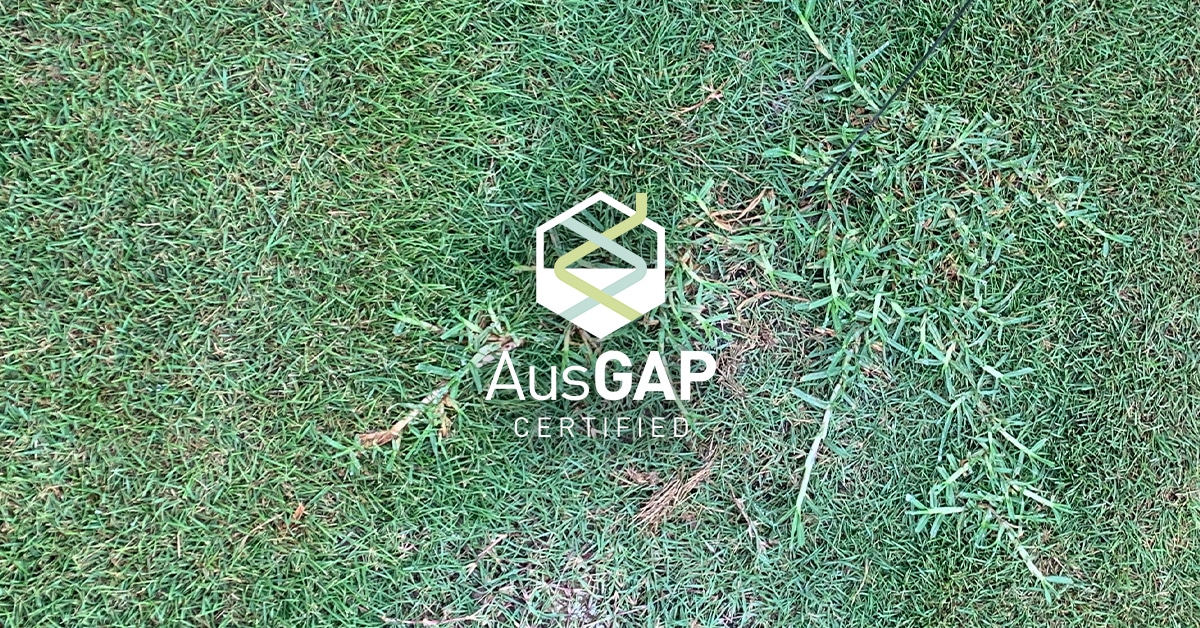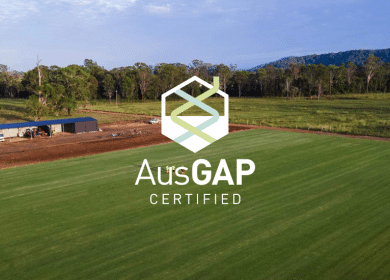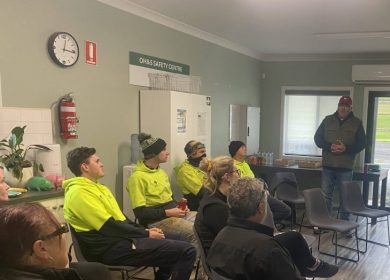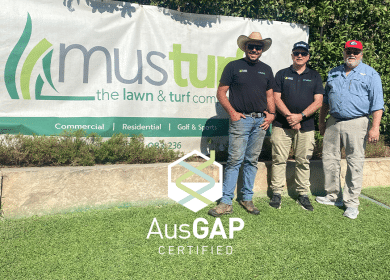
Turfgrass is an essential component of lawns, sports fields, golf courses, and other green spaces, providing aesthetic appeal, recreational opportunities, and environmental benefits. However, turfgrass can sometimes be susceptible to various types of contaminations that can negatively impact its health, appearance, and performance. In this blog we will discuss what turfgrass contaminations are, their potential causes, impacts on turf health, and management strategies.
What are turfgrass contaminations?
Turfgrass contaminations refer to the presence of unwanted substances or organisms within a turf system. These can include weed species, invasive grass varieties, pests, and diseases. Contaminations can disrupt the uniformity and health of the turf, affecting its overall appearance and function.
What causes turfgrass contaminations?
Turfgrass contaminations can arise from several sources:
- Contamination in the turf supplied: The use of contaminated turf when supplying new turf to a site can introduce invasive or unwanted species into the area. Non-certified turf isn’t grown to the same industry standards as certified turf and don’t have the same quality assurance practices in place.
- Equipment: Contaminants can be introduced through mowing and maintenance equipment if they are not cleaned between uses or between varieties spreading clippings and seeds.
- Soil: Contaminants present in the soil, such as weed seeds or disease pathogens, can spread to the turfgrass.
- Foot Traffic: People, vehicles, or wildlife can unknowingly transport contaminants from one area to another.
What are the impacts of contaminations?
Turfgrass contaminations can have several negative impacts on the health and aesthetics of the turf:
- Reduces aesthetics: Contaminants can disrupt the uniformity of the turf, leading to patchy or uneven appearance.
- Weed competition: Unwanted weed species can compete with turfgrass for nutrients, water, and sunlight. This reduces the health and vigour of the grass.
- Reduces performance: Contaminated turf especially with invading turfgrass species can impact the performance of the preferred turfgrass variety. This is by not having the same wear tolerance, drought tolerance, or other performance characteristics.
How to manage turfgrass contaminations:
Effective management strategies are crucial for preventing and addressing turfgrass contaminations:
- Use certified turf: AusGAP certified turf is delivered free from weeds, pest, and disease and grown to the highest industry standards. This is the best way to ensure your site will be set for success.
- Clean equipment: Regularly clean and sanitising equipment to prevent the spread of contaminants.
- Monitor turf health: Regularly inspect turf for signs of contamination. Also, take appropriate action if any issues are detected such as selectively spraying weeds or invading turfgrass varieties.
By understanding the causes, impacts, and management strategies for turfgrass contaminations, turf managers can take proactive steps to maintain healthy, vibrant, and safe green spaces. Regular monitoring and timely interventions are key to ensuring that turfgrass remains free from contaminants and continues to provide its many benefits to the environment and the community.


